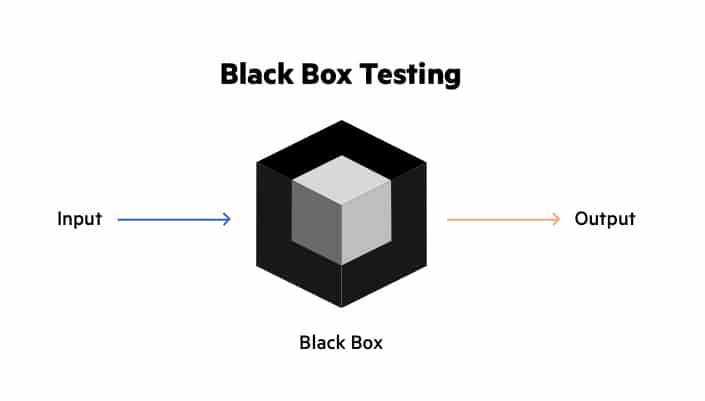Testing in the large vs. testing in the small
Software products are normally tested first at the individual component (or unit) level. This is referred to as testing in the small. After testing all the components individually, the components are slowly integrated and tested at each level of integration (integration testing). Finally, the fully integrated system is tested (called system testing). Integration and system testing are known as testing in the large.
Unit testing
Unit testing is undertaken after a module has been coded and successfully reviewed. Unit testing (or module testing) is the testing of different units (or modules) of a system in isolation.
In order to test a single module, a complete environment is needed to provide all that is necessary for execution of the module. That is, besides the module under test itself, the following steps are needed in order to be able to test the module:
• The procedures belonging to other modules that the module under test calls.
• Nonlocal data structures that the module accesses.
• A procedure to call the functions of the module under test with appropriate parameters.
Modules required to provide the necessary environment (which either call or are called by the module under test) is usually not available until they too have been unit tested, stubs and drivers are designed to provide the complete environment for a module. The role of stub and driver modules is pictorially . A stub procedure is a dummy procedure that has the same I/O parameters as the given procedure but has a highly simplified behavior. For example, a stub procedure may produce the expected behavior using a simple table lookup mechanism. A driver module contain the nonlocal data structures accessed by the module under test and would also have the code to call the different functions of the module with appropriate parameter values.
Unit testing with the help of driver and stub modules

Black box testing
In the black-box testing, test cases are designed from an examination of the input/output values only and no knowledge of design, or code is required. The following are the two main approaches to designing black box test cases.
• Equivalence class portioning
• Boundary value analysis
Equivalence Class Partitioning
In this approach, the domain of input values to a program is partitioned into a set of equivalence classes. This partitioning is done such that the behavior of the program is similar for every input data belonging to the same equivalence class. The main idea behind defining the equivalence classes is that testing the code with any one value belonging to an equivalence class is as good as testing the software with any other value belonging to that equivalence class. Equivalence classes for a software can be designed by examining the input data and output data. The following are some general guidelines for designing the equivalence classes:
• If the input data values to a system can be specified by a range of values, then one valid and two invalid equivalence classes should be defined.
• If the input data assumes values from a set of discrete members of some domain, then one equivalence class for valid input values and another equivalence class for invalid input values should be defined.
Example#1: For a software that computes the square root of an input integer which can assume values in the range of 0 to 5000, there are three equivalence classes: The set of negative integers, the set of integers in the range of 0 and 5000, and the integers larger than 5000. Therefore, the test cases must include representatives for each of the three equivalence classes and a possible test set can be: {-5,500,6000}.
Example#2: Design the black-box test suite for the following program. The program computes the intersection point of two straight lines and displays the result. It reads two integer pairs (m1, c1) and (m2, c2) defining the two straight lines of the form y=mx + c.
The equivalence classes are the following:
• Parallel lines (m1=m2, c1≠c2)
• Intersecting lines (m1≠m2)
• Coincident lines (m1=m2, c1=c2)
Boundary Value Analysis
A type of programming error frequently occurs at the boundaries of different equivalence classes of inputs. The reason behind such errors might purely be due to psychological factors. Programmers often fail to see the special processing required by the input values that lie at the boundary of the different equivalence classes.
Test cases for equivalence class testing and boundary value analysis for a problem
Let’s consider a function that computes the square root of integer values in the range of 0 and 5000. For this particular problem, test cases corresponding to equivalence class testing and boundary value analysis have been found out earlier.

